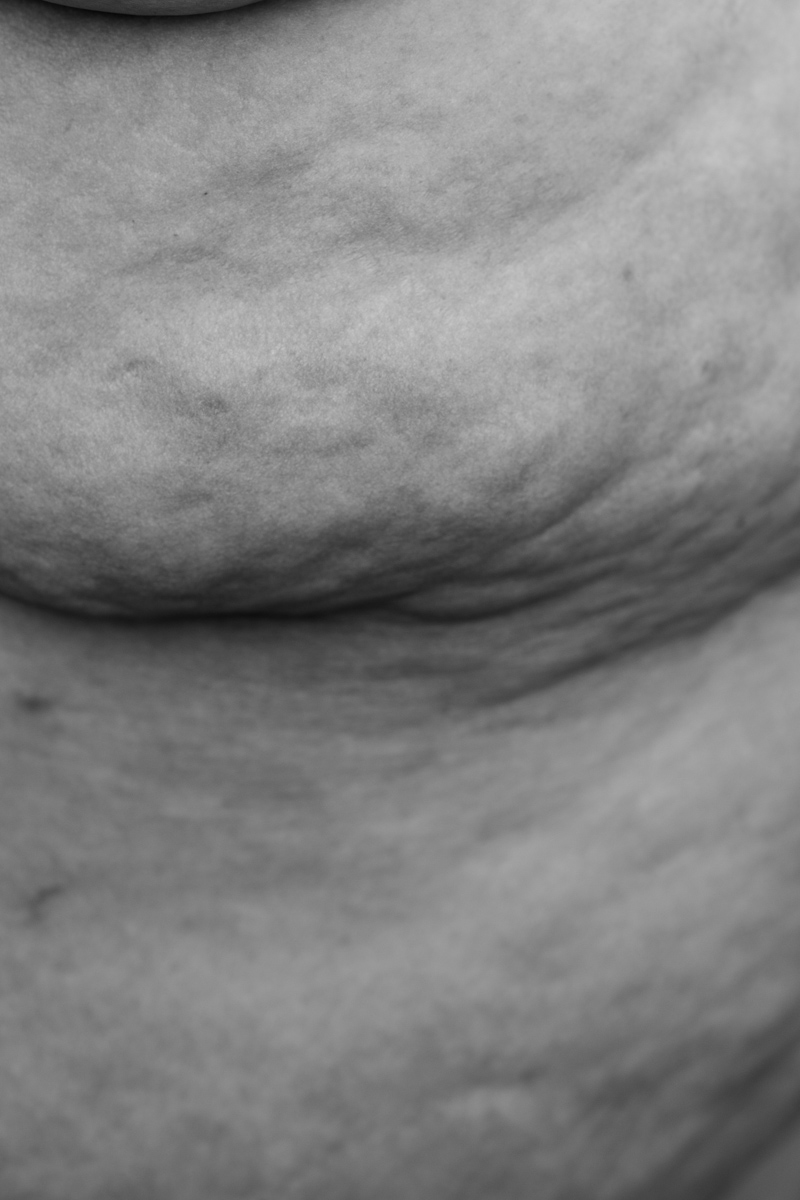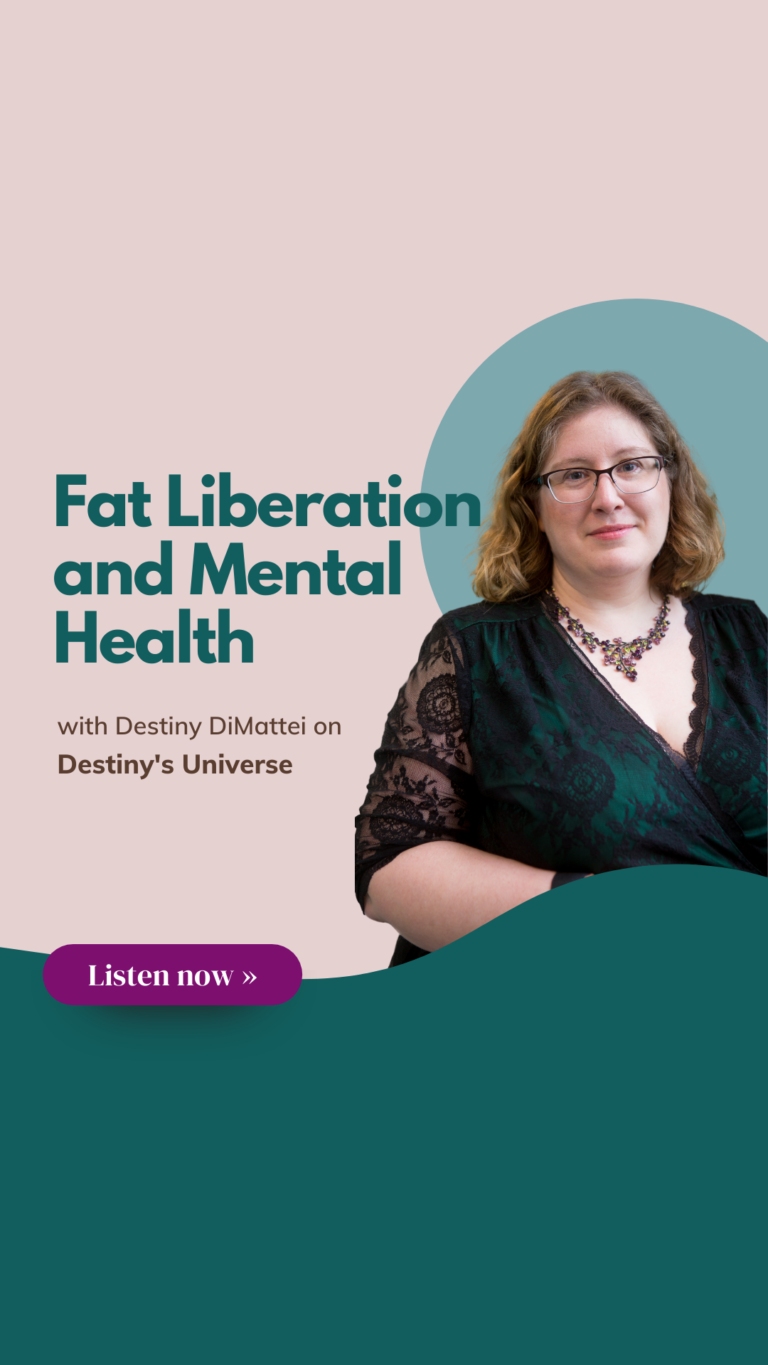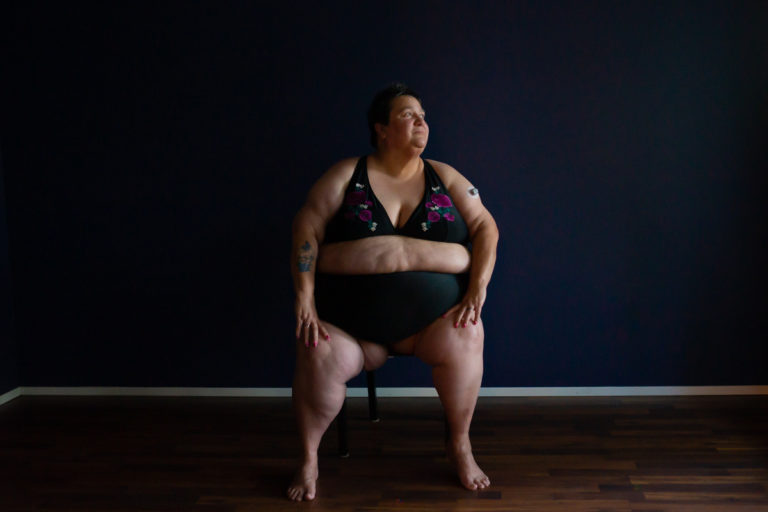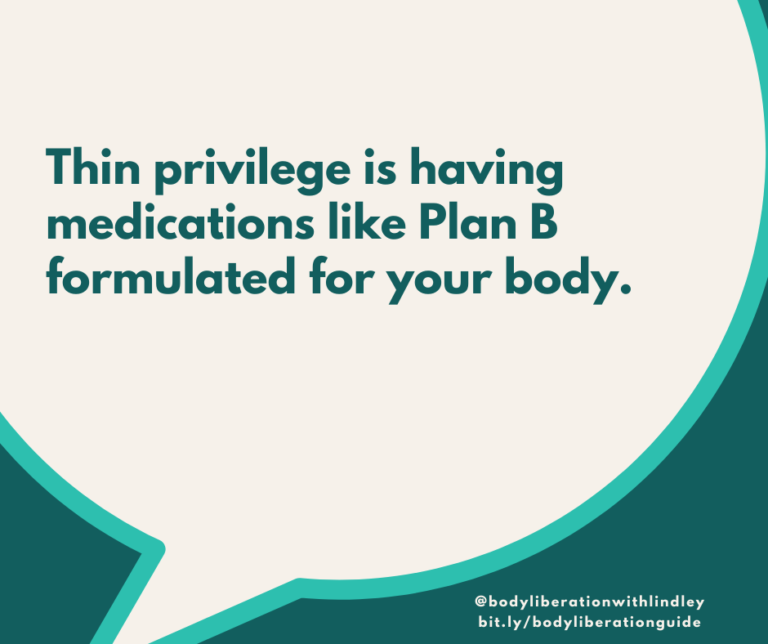The 11 reasons why people hate fat people
Image description: The side rolls of a fat body are shown in a black-and-white photograph, with highly textured skin.
This post may contain affiliate links, which allow us to earn commissions on products we recommend. All opinions are our own.
An excellent question came up on the Body Liberation Photos Instagram this week: Why does fatphobia exist? Why do people hate and fear fat bodies?
Fatphobia — also known as fatmisia, anti-fatness, weight stigma and fat hatred — ties into threads of power and profit going back centuries. This is a complex topic and one that many entire books have been written about, so this article is just a summary.
Fatphobia and weight stigma affect fat people in every realm of life, from family and romantic relationships, to the workplace, to healthcare, to finding a coffin large enough to be buried in. Conversely, fatphobia affects people in smaller bodies as well. It keeps them trapped in a never-ending quest to be ever thinner and encourages them to uphold unjust systems so that they can appear “good” enough not to be treated the way they know fat people are treated.
Since we know scientifically that diets don’t work, the solution is not to force fat people into smaller bodies to end our stigma. The solution is to end the social dynamics that put bodies into hierarchies, and create a world where bias and discrimination based on weight and body size are neither acceptable nor profitable.
Here are some of the reasons fatphobia exists today. After #1, they’re in no particular order; all play an important role.
Power
1. Racism. As ably described in great depth in Sabrina Strings’ recent book Fearing the Black Body, racism and fatphobia have been closely intertwined for centuries. From Strings:
“According to Bourdieu, elites are constantly working to differentiate themselves from the lower classes. In so doing, they often distinguish themselves by cultivating tastes, diets, and physical appearances that are in opposition to those of the subordinated groups. These ‘social distinctions’ serve to naturalize and normalize social hierarchies.
Racial discourse was deployed by Europeans and white Americans to create social distinctions between themselves and so-called greedy and fat racial Others. Black people, as well as so-called degraded or hybrid whites (e.g., Celtic Irish, southern Italians, Russians), were primary targets of these arguments.
Elite white people also used Protestant discourse to claim a moral superiority over these same poor, immigrant, and racial Others.”
– Sabrina Strings, Fearing the Black Body
Strings traces, from the 1500s to the present, how powerful white men developed beauty standards for women that deliberately categorized Black women and Black features as inferior. These standards were then used to “prove” the inherent inferiority of Black and African peoples. These beauty standards were also the point of origin for all the beauty standards we see enforced on people, especially women, today. Thinness (and a very specific type of medium-bodied curviness) is desirable today because, hundreds of years ago, it was seen (often by white men who hadn’t ever physically seen a Black body) as an trait not possessed by Black bodies.
2. Political power. We have a recent example of a fat man as the U.S. President, but here in 2021, a fat woman as president seems far out of reach. Eliminating entire categories of people from consideration is a pretty effective way to limit your competition.
3. Toxic masculinity and sexism. “The concept of toxic masculinity is used in academic and media discussions of masculinity to refer to certain cultural norms that are associated with harm to society and to men themselves. Traditional stereotypes of men as socially dominant, along with related traits such as misogyny and homophobia, can be considered “toxic” due in part to their promotion of violence, including sexual assault and domestic violence. The socialization of boys in patriarchal societies often normalizes violence, such as in the saying “boys will be boys” with regard to bullying and aggression.”
Toxic masculinity is at the root of fat-hatred dynamics like the phenomenon of men daring each other to seduce a fat woman. (And, conversely, men being too ashamed to admit they’re dating a fat woman.)
Since toxic masculinity teaches men that they’re not “allowed” to be attracted to fat women, this also becomes a component of “fat admiration.” One reason fat admirers objectify fat women (and leave gross comments like slobber all over our online presences) may be that they feel their attraction is more socially acceptable if it’s overlaid with a toxic-masculinity-approved layer of objectification and boundary-crossing.
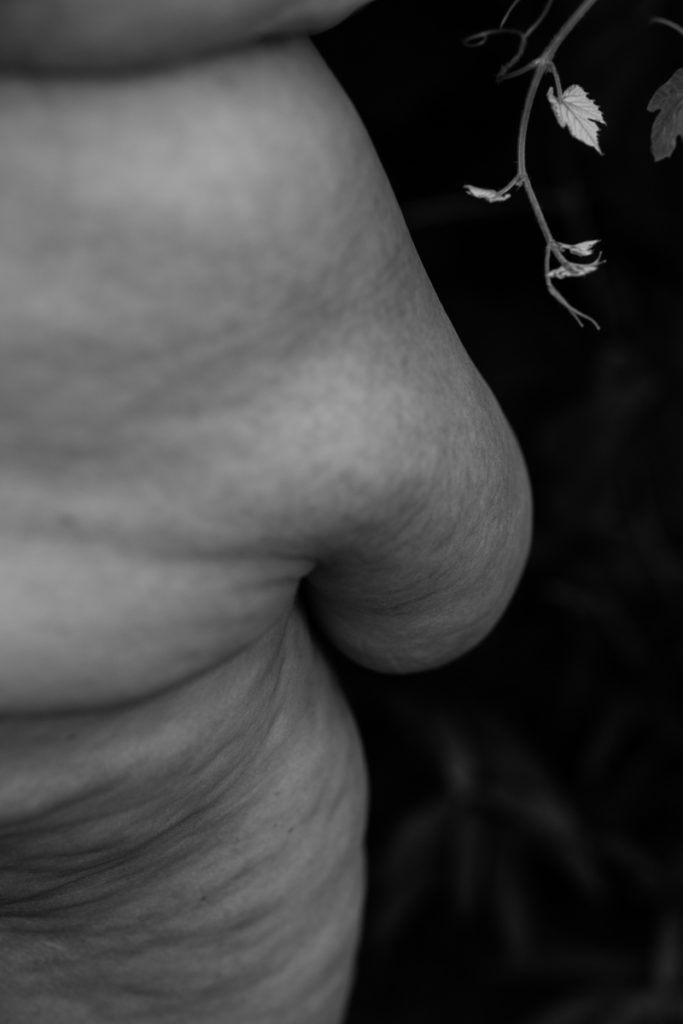
Profit
4. The diet industry. Worth $72 billion in 2020, the diet industry is one of the obvious culprits in this list. They still haven’t figured out how to make fat people thin; it’s a scam. I’ve talked quite a bit about the diet industry and its ramifications.
5. Other industries. From the beauty industry to the wellness industry, dozens of major industries reap the financial rewards of people feeling bad about their bodies. The healthcare industry isn’t exempt, either; the bariatric surgery market alone is worth around $2 billion. (Funny how with all that profit, they can’t seem to reliably make fat people thin, either.)
6. Individuals. Every individual who makes money from enforcing the body hierarchy is responsible for upholding and increasing the oppression of fat folks. (You don’t have to be malicious to uphold oppression, by the way, but the impact you make means more than your intent.) These folks include, but aren’t limited to:
- Beachbody coaches, people who sell skinny tea, and every other diet, “body transformation,” “health coaching” and weight loss peddler out there
- Personal trainers who focus on or promise weight loss
- Influencers who build audiences on body positivity and then sell those audiences diets and weight-loss products
- Anyone who makes money telling you that your body is the wrong shape or size (and how you can pay them to change it)
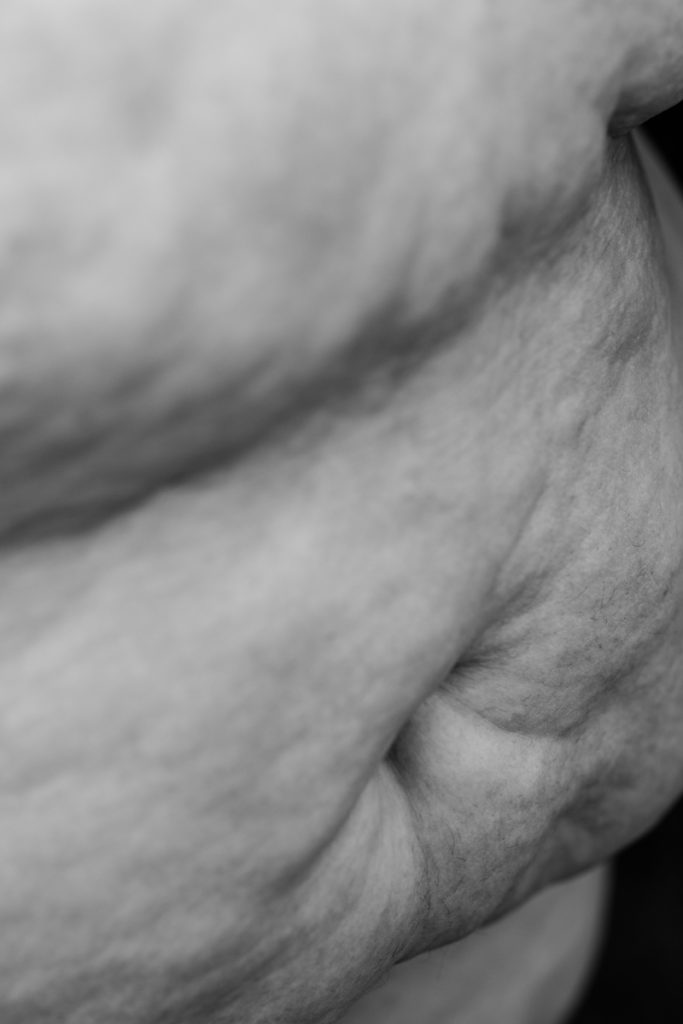
Interpersonal and Social Rewards
7. Social bonding. Though diet culture encourages us to be vicious and toxic towards our own bodies and other people’s as well, it’s also an important bonding mechanism in our society. Here are some examples of how diet talk and fatphobia show up as bonding rituals:
- Diet talk at work (“I’m so bad for eating this bagel”)
- Family-wide and parent-child dieting
- When people engage in body checking together (“My thighs are so huge!” “Well, have you seen my butt??”)
If you’ve ever had someone in a smaller body try to “save” you by telling you you’re fat or attempting to show you how to diet, that person was attempting to bond with you as well (though in a toxic way that you absolutely do not have to take them up on). (They’re also upholding oppressive systems, so see the next item on the list.)
8. Rewards for upholding oppressive systems. There are real, tangible rewards for upholding unjust systems like body hierarchies, like avoiding the punishment that comes along with refusing to be part of the system. It’s also easy to feel that, by oppressing others, you yourself are moving up the hierarchy.
Some examples of people upholding oppressive systems include:
- Internet trolls and haters
- “Are you really going to eat all that?” at the Thanksgiving table
- Concern trolling
- Anyone who shows up on Instagram to say “Loving your body is fine, but that can’t be healthy“
Related to the “escaping punishment” part of this one is the “good fatty” phenomenon, in which fat folks perform compliance with ultrafeminine beauty standards and/or Diet Very Loudly and/or Exercise Real Hard in order to prove that they’re worthy of being treated like and given some of the privileges of a thin person. (This is of course a perfectly valid way of surviving oppression and stigma, and I’m not describing it here with any judgment.)
9. Fear of being oppressed and/or losing privileges. Living in a culture that values thin and abled bodies above others is like spending all your time on a treadmill that’s set at a steep incline. No matter what else you’d like to prioritize in your life, no matter what you’re trying to accomplish or survive, you’ve got to keep up a steady pace on that treadmill or risk getting whisked down the incline and dumped into the vat of acid at the bottom marked OPPRESSION. Is it any wonder that it’s tempting, as you become exhausted, to pull yourself back up the slope a bit by reaching out and yanking down on the arms of the people on the next treadmills over?
An excellent example is the trolls that inevitably show up on fat folks’ social media posts. They act from a variety of motivations that include:
- Oppressing fat folks as hard as they can to mark themselves as in the oppressor class (and thus not eligible to be treated like they treat others)
- The social rewards of “owning” a fatty in debate, then taking screenshots back to dedicated fat-hatred forums
- A sense of gaining personal power from mistreating others
Other Factors that Uphold Fatphobia
10. The just world fallacy. Our culture wants us to believe that bodies are simple machines with simple rules. Calories in vs. calories out. Do this, be healthier; do that, be unhealthier. The laughable wrongness of this view is made obvious by science, common sense and the fact that fat people still exist.
But this belief in “do X, get Y result” simplicity dovetails neatly with the just-world fallacy, “the cognitive bias that a person’s actions are inherently inclined to bring morally fair and fitting consequences to that person; thus, it is the assumption that all noble actions are eventually rewarded and all evil actions eventually punished.” Thus, fat people’s flawed bodies are evidence both of their flawed inhabitants (because, of course, compliance with beauty standards is extremely simple unless one is somehow perverse or defective) and flawed minds (because anyone who can’t understand and follow such simple rules must be of low intelligence.)
This belief in thinness as evidence of moral superiority can drive the dehumanization of fat people by thin people. Unfortunately for these believers, fatness (and physical disability) are closer to them than they would like to believe.
11. Tradition. Sometimes we play out toxic patterns because it’s all we know, generation after generation. A friend recently told me a traumatic story about watching The Biggest Loser with her mother, who would use the show as a bonding experience with her adolescent fat daughter, discussing all the ways both of their bodies were unacceptable and fantasizing about doing extreme diets or even competing on the show together. Her mother’s own mother likely taught her to hate her body, and so on up through generations.
This generational trauma is no joke. “For people with historical trauma, the transmission of their trauma to their children is unintentional but stems from their own pain which has not been dealt with. Unwanted behaviors, such as eating disorders or addictions, may have their roots in this intergenerational trauma, which creates a vicious cycle of unprocessed grief and shame leading to unwanted behaviors, which only cause more pain, guilt, and shame. But the good news is that we possess the power to change when we are willing to address these painful memories and move from surviving to thriving.”
Did the images in this post make you uncomfortable?
That’s 500 years of cultural indoctrination. Start noticing and rejecting it, one visual at a time.

Let’s dig deep. Every Monday, I send out my Body Liberation Guide, a thoughtful email jam-packed with resources for changing the way you see your own body and the bodies you see around you. And it’s free. Let’s change the world together.
Hi there! I'm Lindley. I create artwork that celebrates the unique beauty of bodies that fall outside conventional "beauty" standards at Body Liberation Photography. I'm also the creator of Body Liberation Stock and the Body Love Shop, a curated central resource for body-friendly artwork and products. Find all my work here at bodyliberationphotos.com.

